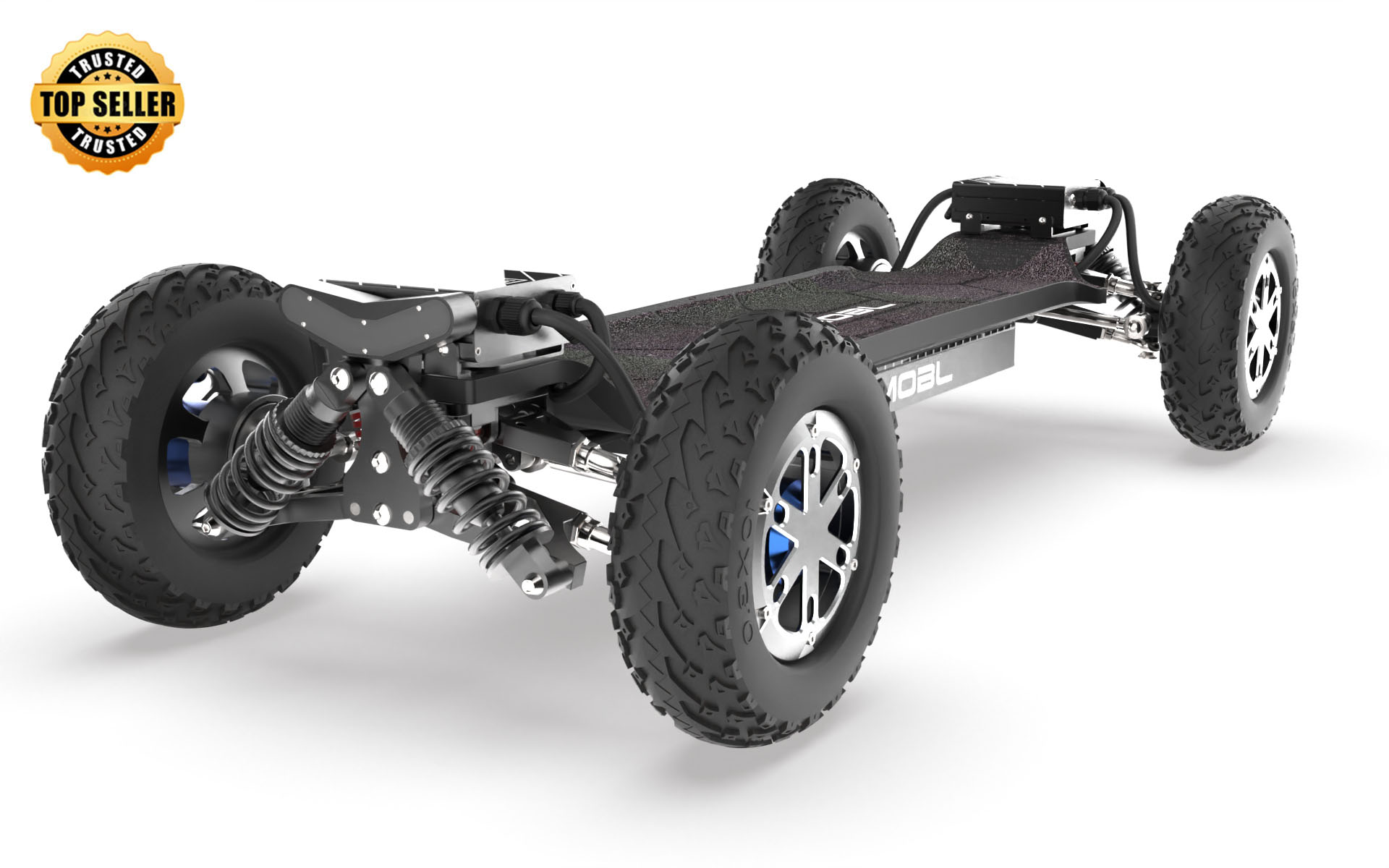Unleash the Thrill: Discover the Secrets of Electric Skateboards!
Electric skateboards, a fascinating blend of traditional skateboarding and cutting-edge technology, have surged in popularity over recent years. These innovative devices offer a thrilling way to navigate urban landscapes, combining the freedom of skating with the ease of motorized transport. With a simple push of a button, riders can experience a rush of speed and agility, making them an appealing option for commuting and recreational fun alike. As cities become more congested, the allure of electric skateboards as an efficient means of transport continues to grow. Whether you're an avid skater or a newcomer to the scene, the excitement surrounding electric skateboards is undeniable, and it's time to explore what makes them so special.

Understanding Electric Skateboards
At their core, electric skateboards are designed to offer an exhilarating riding experience, powered by an electric motor. These boards typically consist of several essential components: the deck, which serves as the platform for the rider; the wheels, designed for smooth gliding; the trucks, which connect the wheels to the deck and allow for steering; the battery, providing the power source; and the motor, which drives the wheels. The convergence of these elements creates a dynamic and enjoyable ride. For instance, a friend of mine, who was initially skeptical about electric skateboards, took one for a spin and was amazed at how intuitive the controls felt. It was a revelation that transformed her perception of skateboarding from a childhood pastime to a modern transportation solution.
Features of Electric Skateboards
Electric skateboards boast a range of impressive features that cater to different riding styles and preferences. Key attributes include speed, range, weight capacity, and braking systems. Most electric skateboards can reach speeds of up to 25 miles per hour, giving riders the thrill they crave. Additionally, the range on a single charge can vary, with many boards offering between 10 to 30 miles, providing ample distance for commuting or exploring. Weight capacity is another critical factor; many boards support riders weighing up to 250 pounds or more, accommodating a broad audience. Finally, advanced braking systems, including regenerative braking, enhance safety by allowing riders to slow down smoothly and efficiently. These features not only enhance the overall riding experience but also cater to diverse needs, making electric skateboards a versatile choice for many.
Benefits of Riding Electric Skateboards
The benefits of riding electric skateboards extend beyond mere enjoyment. Firstly, they are an eco-friendly transport option, producing zero emissions as they glide through city streets. This makes them an attractive alternative for environmentally conscious individuals looking to reduce their carbon footprint. Secondly, electric skateboards offer unparalleled convenience for commuting. They can easily navigate through traffic, avoid parking hassles, and often require less physical effort than traditional skateboarding. Furthermore, they provide a fun and engaging recreational activity that can be enjoyed solo or with friends. I recall a weekend outing with friends where we explored a nearby park on our electric skateboards, laughter echoing as we raced each other down the paths. It was not just a ride; it was an experience that brought us closer together and created lasting memories.
How Electric Skateboards Work
Understanding the mechanics of electric skateboards can demystify their operation. At the heart of these boards is the motor, which can be located in the wheels or mounted on the deck. When the rider pushes the throttle, the controller receives the signal and activates the motor, drawing power from the battery. This power is then delivered to the wheels, propelling the rider forward. The battery life and capacity are crucial as they directly influence how long a rider can enjoy their skateboarding session. Many boards also incorporate technology that allows for regenerative braking, where energy is recaptured during deceleration, extending battery life. This combination of components ensures a seamless, powerful ride that can be adjusted to the rider's preferences. A friend of mine, who is an engineering enthusiast, often shares how fascinating he finds the technology behind electric skateboards, demonstrating just how accessible and innovative these machines are.
Embracing the Electric Skateboard Experience
Electric skateboards represent a thrilling fusion of sport and technology, offering an exciting and eco-friendly mode of transportation. As you consider incorporating one into your lifestyle, remember the immense potential they hold not just for commuting but also for creating unforgettable experiences with friends and family. However, it's essential to prioritize safety and responsible riding practices, ensuring that everyone can enjoy this exhilarating ride. So, whether you're cruising down city streets or navigating the trails, electric skateboards are a fantastic way to unleash your inner thrill-seeker while contributing to a greener future.






commentaires